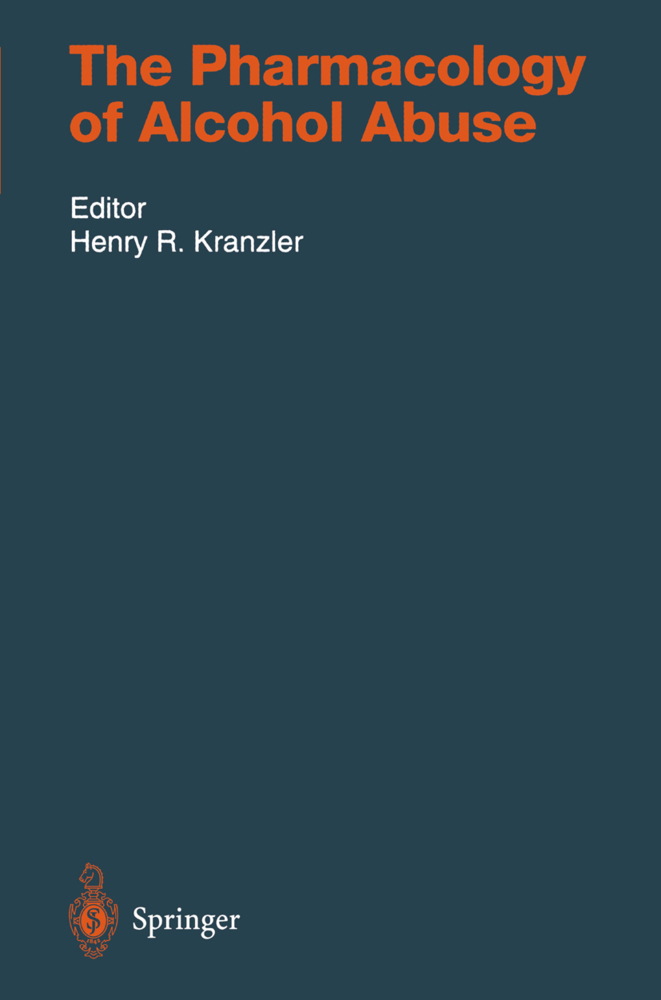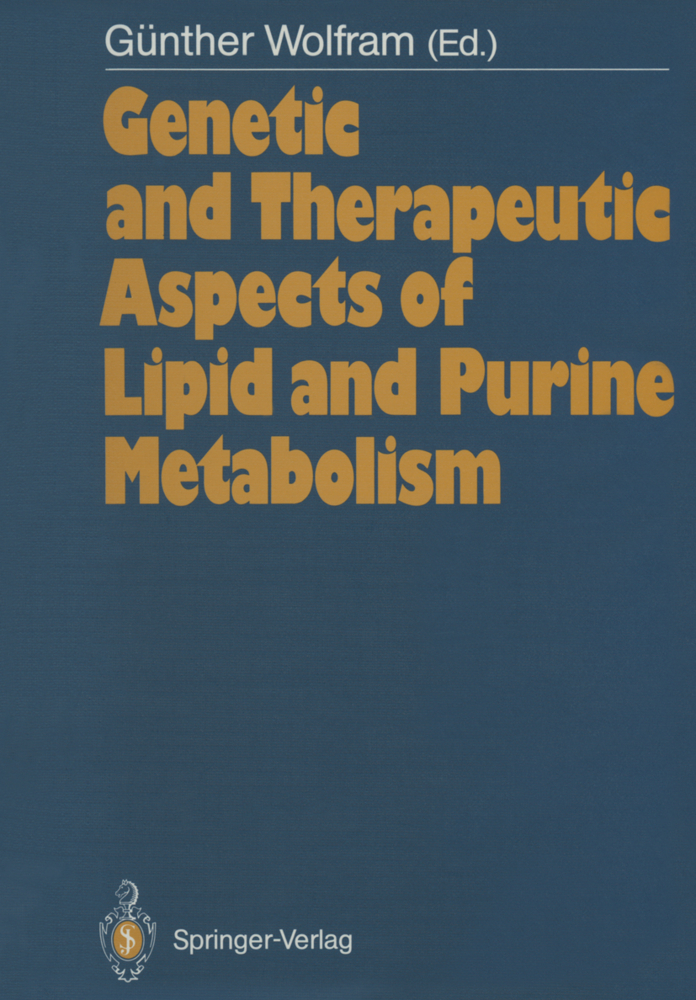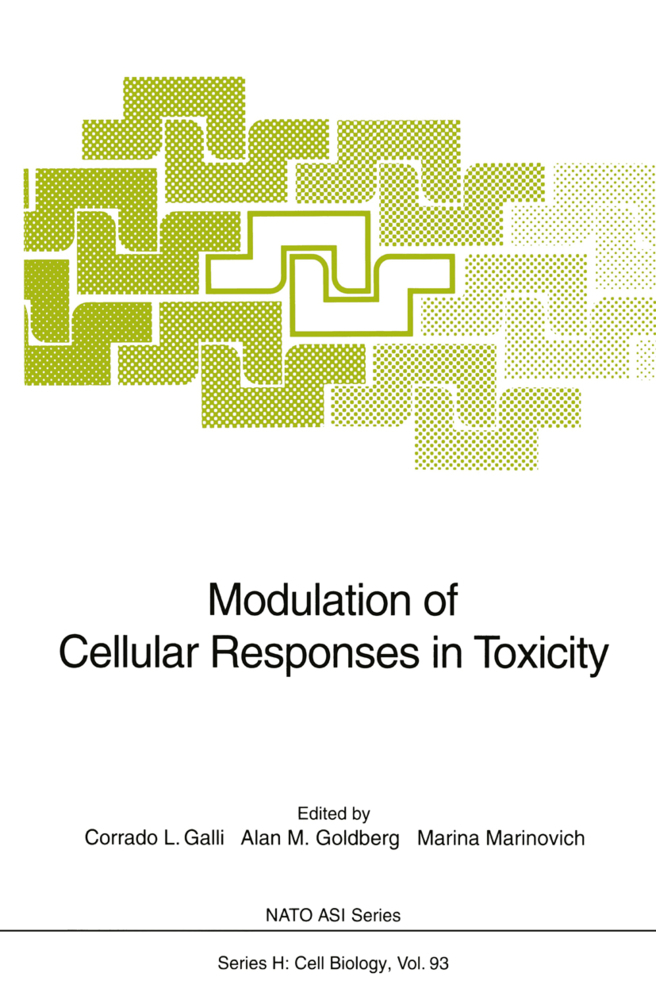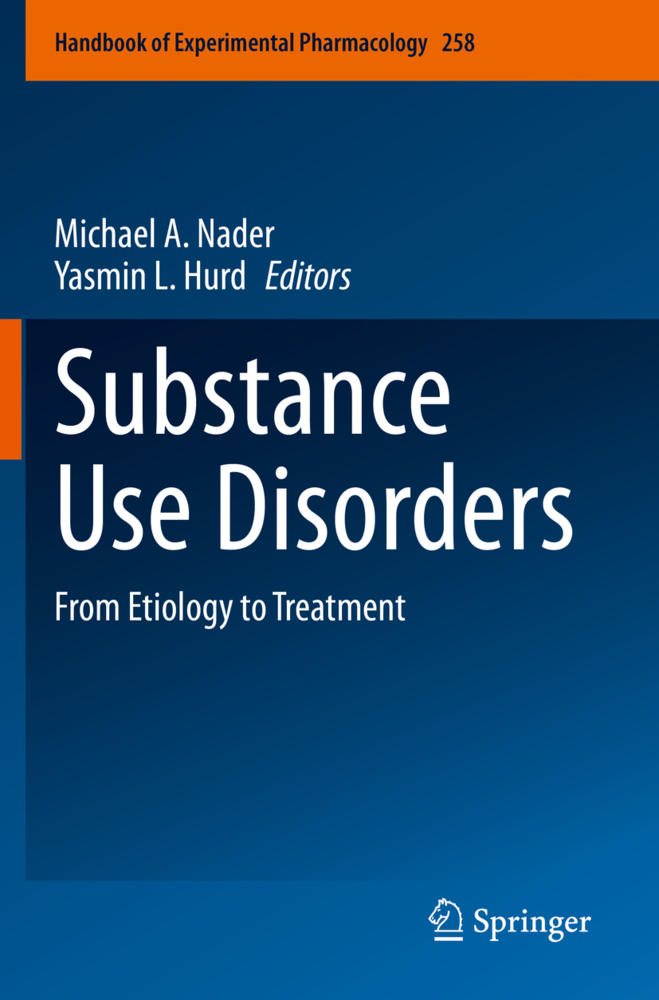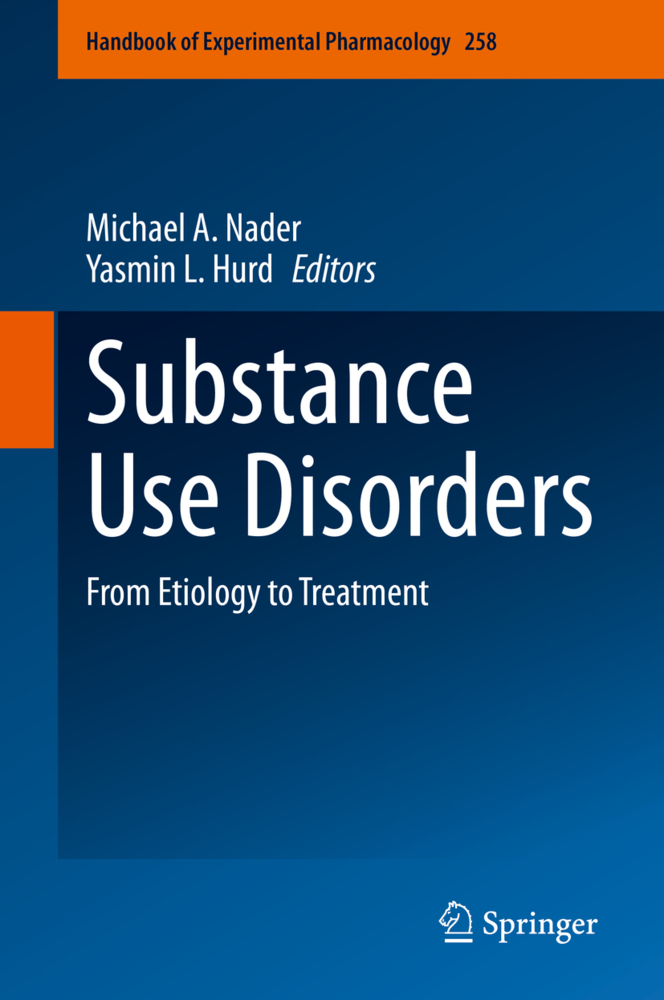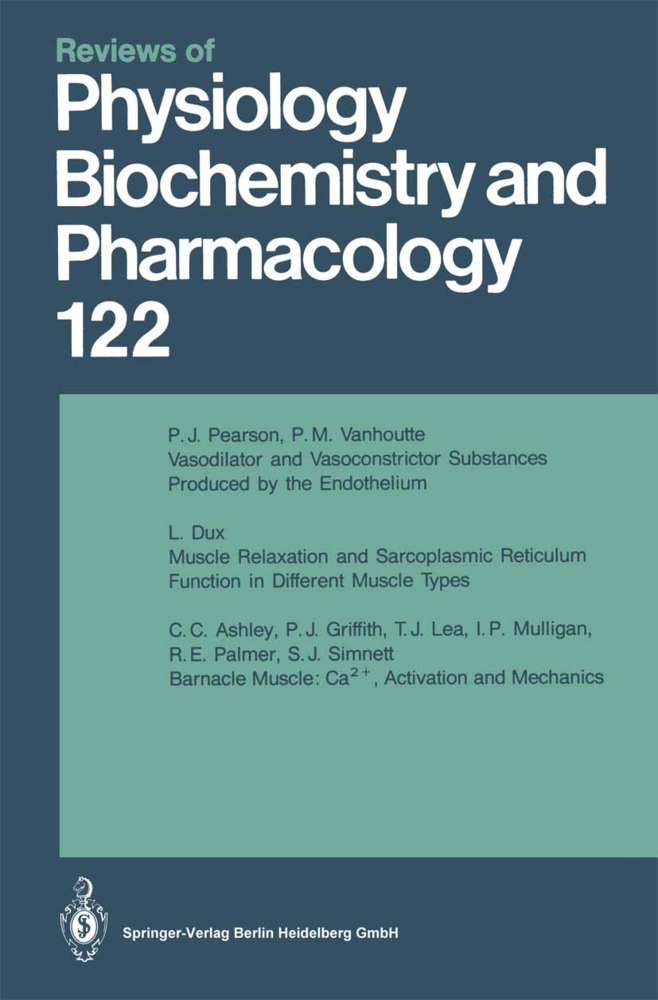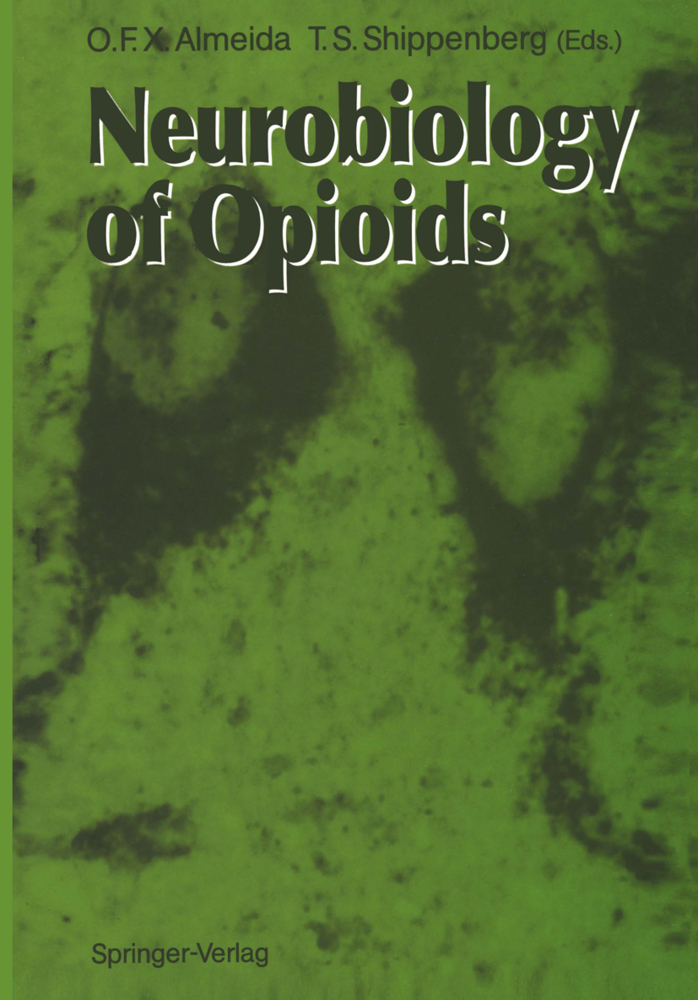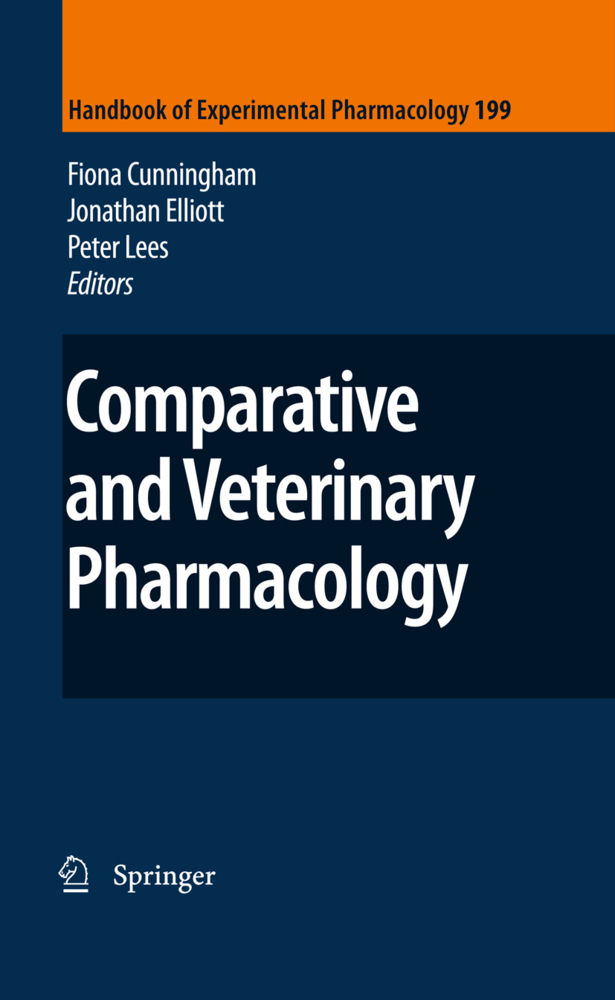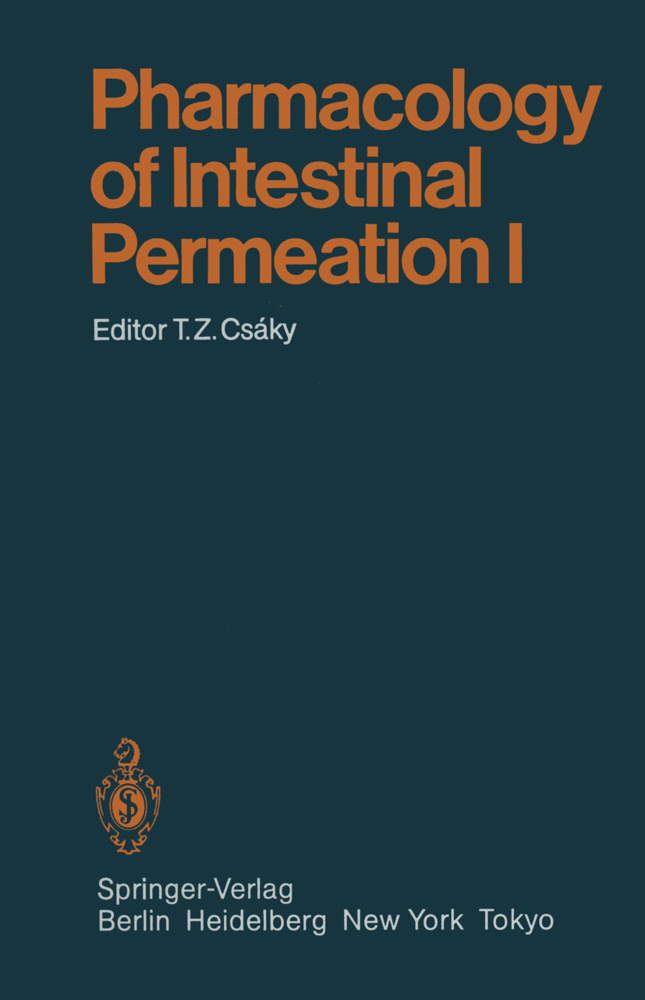The Pharmacology of Alcohol Abuse
The Pharmacology of Alcohol Abuse
In recent years alcohol abuse has received increased international attention. Such attention is justified by the enormous negative impact that this disorder has on health, as well as on economic and social well-being. Governmental and other sources of research support have promoted substantial investigation into the negative consequences of alcohol, examining both animal models and human subjects. Consequently, there has been a virtual explosion of preclinical and clinical data, much of it focused on alcohol's pharmacologic effects. However, there have been few efforts to integrate this wealth of new information into a single, manageable volume. This volume provides an up-to-date, in-depth treatment of the phar macology of alcohol, particularly as it relates to alcohol abuse. The over riding theme of the book is the interplay between the preclinical and clinical domains. Increasingly, these areas of investigation have served to inform one another, a trend that can be expected to grow with time. The topics covered include the effects of alcohol on biological systems and the impact of medications on those effects. In addition, recent insights obtained from molecular biological investigations are discussed in terms of their relevance for understanding the effects of alcohol at the cellular level and the implica tions of these for the development of medications. Consideration is also given to important methodological issues that influence the evaluation of medications in the context of clinical trials.
2 Alcohol-Induced Changes in Neuronal Membranes
A. Introduction
B. Historical Overview
I. The Meyer-Overton Hypothesis
II. Membrane Disorder
C. Membrane Lipid Effects
I. Disordering of Membranes by Acute Ethanol
II. Partitioning of Ethanol into Membranes
III. Pressure Reversal of Acute Effects of Ethanol
IV. Membrane Lipid Composition Changes Due to Chronic Ethanol Exposure
1. Phospholipids
2. Cholesterol
3. Acyl Chain Composition
4. Do Lipid Composition Changes Cause Tolerance or Change Membrane Function?
V. Effects of Ethanol on Membrane Lipid Domains
1. Lipid Classes
2. Transbilayer Lipid Distribution
3. Annular Lipids
4. Lateral Membrane Domains
VI. Ethanol-Induced Hypothermia
VII. Lipid Effects on Proteins
D. Membrane Protein Effects
I. Direct Effects of Acute Ethanol on Proteins
1. Firefly Luciferase
2. The GABAa Receptor
II. Protein Model of the Anesthetic Cutoff Effect
III. Effects of Ethanol on Calcium Channels
IV. Effects of Ethanol on Intracellular Calcium
V. Effects of Ethanol on G-Protein-Related Systems
1. Acute Effects on Protein Kinase C
2. The Adenylyl Cyclase System
3. Chronic Effects
VI. Effects of Chronic Ethanol on Receptor Subunit Expression
1. The GABAa Receptor
2. Origin of mRNA Effects
E. Conclusions
References
3 Effects of Ethanol on Voltage-Dependent Calcium Channel Function
A. Voltage-Dependent Calcium Channels
I. Introduction
II. L Type Channels
III. N, P, and T Type Channels
1. Conclusions
B. Effects of Ethanol and Other Sedative-Hypnotic Drugs on Voltage-Dependent Calcium Channels
I. Ethanol Effects on Ion Channels
II. Ethanol Effects on Different Types of Calcium Channel
III. BrainRegional Differences in the Effects of Ethanol
IV. Chronic Ethanol Effects on Calcium Channels
V. Calcium Channel Blockers and Ethanol Preference
VI. Conclusions
C. Effects of Barbiturates and Benzodiazepines on Calcium Channels
I. Conclusions
References
4 Effects of Alcohol on Excitatory Amino Acid Receptor Function
A. Introduction
I. Site of Action of Ethanol: Protein Versus Lipid
B. Ethanol and Excitatory Amino Acid Receptors
I. Characteristics of Glutamate Receptors
II. Ethanol and NMD A Receptor Function: Acute Effects
1. Mechanism of Action of Ethanol
2. Effects of Anesthetics and Sedative Hypnotics
3. Ethanol and the NMD A Receptor In Vivo
4. Ethanol and the NMDA Receptor in Development
III. Ethanol and NMDA Receptor Function: Chronic Effects
1. Role of NMDA Receptors in Ethanol Withdrawal (Physical Dependence)
2. Role of NMDA Receptors in Ethanol Tolerance
3. Role of NMDA Receptors in Opiate Tolerance and Dependence
C. Summary: Ethanol and the NMDA Receptor
References
5 Effects of Alcohol on GABA-Mediated Neurotransmission
A. Introduction
B. Behavioral Studies
C. Binding Studies
D. Functional Studies
I. Electrophysiological Studies
II. Chloride Flux
E. Rol5-4513: Ethanol Antagonist
F. Molecular Biological Studies
G. Chronic Ethanol Treatment and GABA Receptor Gene Expression
H. Conclusions
References
6 Involvement of CNS Catecholamines in Alcohol Self-Administration, Tolerance, and Dependence: Preclinical Studies
A. Introduction
B. Acute Effects of Investigator-Administered Ethanol: Potential for Catecholamine Involvement in Ethanol Reinforcement
I. Norepinephrine
II. Dopamine
C. Oral Ethanol Seif-Administration in Nonoperant Situations
I. Limited Access Ethanol Drinking Situations
1. Norepinephrine
2. Dopamine
II. Continuous Access Ethanol Drinking Situations
1. Norepinephrine
2. Dopamine
III. Operant Paradigms of Oral Ethanol Self-Administration
1. Norepinephrine
2. Dopamine
D. Chronic Effects of Ethanol on Noradrenergic and Dopaminergic Activity
I. Norepinephrine
II. Dopamine
E. Role of Catecholamines in Ethanol Tolerance and Physical Dependence.-
1 The Pharmacology of Alcohol Abuse: An Introduction
References2 Alcohol-Induced Changes in Neuronal Membranes
A. Introduction
B. Historical Overview
I. The Meyer-Overton Hypothesis
II. Membrane Disorder
C. Membrane Lipid Effects
I. Disordering of Membranes by Acute Ethanol
II. Partitioning of Ethanol into Membranes
III. Pressure Reversal of Acute Effects of Ethanol
IV. Membrane Lipid Composition Changes Due to Chronic Ethanol Exposure
1. Phospholipids
2. Cholesterol
3. Acyl Chain Composition
4. Do Lipid Composition Changes Cause Tolerance or Change Membrane Function?
V. Effects of Ethanol on Membrane Lipid Domains
1. Lipid Classes
2. Transbilayer Lipid Distribution
3. Annular Lipids
4. Lateral Membrane Domains
VI. Ethanol-Induced Hypothermia
VII. Lipid Effects on Proteins
D. Membrane Protein Effects
I. Direct Effects of Acute Ethanol on Proteins
1. Firefly Luciferase
2. The GABAa Receptor
II. Protein Model of the Anesthetic Cutoff Effect
III. Effects of Ethanol on Calcium Channels
IV. Effects of Ethanol on Intracellular Calcium
V. Effects of Ethanol on G-Protein-Related Systems
1. Acute Effects on Protein Kinase C
2. The Adenylyl Cyclase System
3. Chronic Effects
VI. Effects of Chronic Ethanol on Receptor Subunit Expression
1. The GABAa Receptor
2. Origin of mRNA Effects
E. Conclusions
References
3 Effects of Ethanol on Voltage-Dependent Calcium Channel Function
A. Voltage-Dependent Calcium Channels
I. Introduction
II. L Type Channels
III. N, P, and T Type Channels
1. Conclusions
B. Effects of Ethanol and Other Sedative-Hypnotic Drugs on Voltage-Dependent Calcium Channels
I. Ethanol Effects on Ion Channels
II. Ethanol Effects on Different Types of Calcium Channel
III. BrainRegional Differences in the Effects of Ethanol
IV. Chronic Ethanol Effects on Calcium Channels
V. Calcium Channel Blockers and Ethanol Preference
VI. Conclusions
C. Effects of Barbiturates and Benzodiazepines on Calcium Channels
I. Conclusions
References
4 Effects of Alcohol on Excitatory Amino Acid Receptor Function
A. Introduction
I. Site of Action of Ethanol: Protein Versus Lipid
B. Ethanol and Excitatory Amino Acid Receptors
I. Characteristics of Glutamate Receptors
II. Ethanol and NMD A Receptor Function: Acute Effects
1. Mechanism of Action of Ethanol
2. Effects of Anesthetics and Sedative Hypnotics
3. Ethanol and the NMD A Receptor In Vivo
4. Ethanol and the NMDA Receptor in Development
III. Ethanol and NMDA Receptor Function: Chronic Effects
1. Role of NMDA Receptors in Ethanol Withdrawal (Physical Dependence)
2. Role of NMDA Receptors in Ethanol Tolerance
3. Role of NMDA Receptors in Opiate Tolerance and Dependence
C. Summary: Ethanol and the NMDA Receptor
References
5 Effects of Alcohol on GABA-Mediated Neurotransmission
A. Introduction
B. Behavioral Studies
C. Binding Studies
D. Functional Studies
I. Electrophysiological Studies
II. Chloride Flux
E. Rol5-4513: Ethanol Antagonist
F. Molecular Biological Studies
G. Chronic Ethanol Treatment and GABA Receptor Gene Expression
H. Conclusions
References
6 Involvement of CNS Catecholamines in Alcohol Self-Administration, Tolerance, and Dependence: Preclinical Studies
A. Introduction
B. Acute Effects of Investigator-Administered Ethanol: Potential for Catecholamine Involvement in Ethanol Reinforcement
I. Norepinephrine
II. Dopamine
C. Oral Ethanol Seif-Administration in Nonoperant Situations
I. Limited Access Ethanol Drinking Situations
1. Norepinephrine
2. Dopamine
II. Continuous Access Ethanol Drinking Situations
1. Norepinephrine
2. Dopamine
III. Operant Paradigms of Oral Ethanol Self-Administration
1. Norepinephrine
2. Dopamine
D. Chronic Effects of Ethanol on Noradrenergic and Dopaminergic Activity
I. Norepinephrine
II. Dopamine
E. Role of Catecholamines in Ethanol Tolerance and Physical Dependence.-
Kranzler, Henry R.
Kranzler, Henry R.
Anton, R.F.
Becker, H.C.
Berg, B.J.
Bohn, M.J.
Bremner, K.E.
Ciraulo, D.A.
Fuller, R.K.
Gelernter, J.
Grant, K.A.
Hersh, D.
Higgins, G.A.
Hoffman, P.L.
Knapp, C.M.
Le, A.Dzung
Leslie, S.W.
Litten, R.Z.
Littleton, J.
Manu, P.
McLellan, A.T.
MEHTA, A.K
Moring, J.
Müller, C.
Naranjo, C.A.
Romach, M.K.
Rommelspacher, H.
Samson, H.H.
Sands, B.F.
Sellers, E.M.
Shoemaker, W.J.
Ticku, M.K.
Tomkins, D.M.
Volpicelli, J.R.
Watson, N.T.
Worner, T.M.
| ISBN | 978-3-642-78437-8 |
|---|---|
| Medientyp | Buch |
| Copyrightjahr | 2011 |
| Verlag | Springer, Berlin |
| Umfang | XXVI, 548 Seiten |
| Sprache | Englisch |

